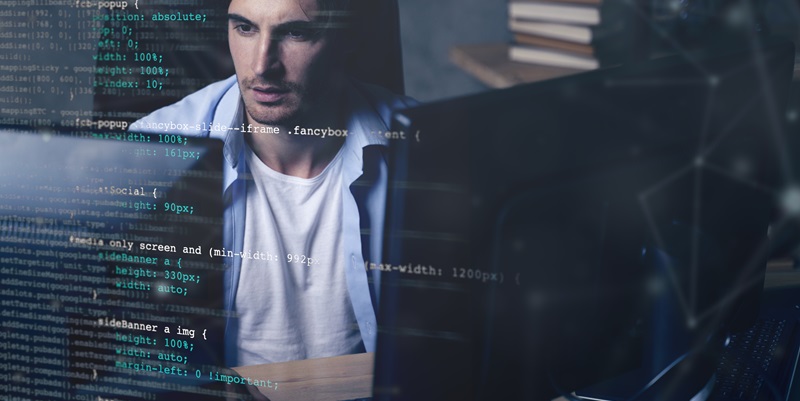Senser, a leading provider of artificial intelligence for IT operations (AIOps), has expanded the capabilities of its platform to now include service level agreement (SLA) and service level objective (SLO) management. By leveraging advanced technologies such as eBPF and graph technology, Senser’s AIOps platform offers comprehensive visibility into the entire IT environment, enabling IT teams to achieve and maintain SLAs and SLOs. This article dives into the functionalities of Senser’s enhanced platform and how it simplifies the management of complex distributed computing environments.
Collecting and Applying Data with Predictive AI Models
Senser’s CEO, Amir Krayden, explains that the AIOps platform collects data from service level indicators (SLIs) and employs predictive AI models to empower IT teams in meeting their SLOs and SLAs. By harnessing the power of machine learning algorithms, the platform aggregates and analyzes data to define thresholds for predicting performance. Additionally, it recommends benchmarks for tracking SLOs and SLAs, providing IT teams with valuable insights and actionable recommendations.
Enhanced Visibility with eBPF and Graph Technology
The Senser AIOps platform utilizes extended Berkeley Packet Filter (eBPF) and graph technology to gain comprehensive visibility into the entire IT landscape. Unlike traditional approaches that require the deployment of agent software, eBPF allows software to run within a sandbox in the Linux microkernel. This capability enables Senser’s platform to scale networking, storage, and observability software at much higher levels of throughput, ensuring a robust and accurate understanding of the IT infrastructure.
Achieving a Single Source of Truth
One of the key advantages of Senser’s AIOps platform is its ability to provide a single source of truth for determining the actual level of service being delivered. By considering the topology of the infrastructure, network, applications, and APIs, the platform eliminates the need for IT teams to rely on disparate systems and manual processes. This holistic view enables organizations to track and evaluate SLAs and SLOs effectively.
Overcoming Challenges in a Distributed Computing Environment
Managing SLAs and SLOs has long been a challenge for IT teams, particularly in distributed computing environments characterized by interconnected systems and dependencies. However, the application of AI within Senser’s platform offers a breakthrough solution. By automating SLA and SLO management, the cognitive load on IT teams is significantly reduced, allowing for more consistent monitoring and control.
A Platform Designed for the Future
Senser is continuously enhancing its AIOps platform to address evolving industry needs. In addition to SLA and SLO management, the company is working towards adding generative AI capabilities that provide summaries and explanations of IT events. This feature will enable IT teams to quickly grasp the impact of events and take appropriate actions.
With businesses today facing increasingly complex and distributed computing environments, effectively managing SLAs and SLOs can be overwhelming for IT teams. Senser’s AIOps platform offers a comprehensive solution by leveraging advanced technologies like eBPF, graph technology, and predictive AI models. By automating SLA and SLO management, organizations can reduce cognitive load and ensure the consistent delivery of quality services. As Senser continues to innovate, the vision of simplifying the management of complex distributed computing environments becomes a tangible reality.

